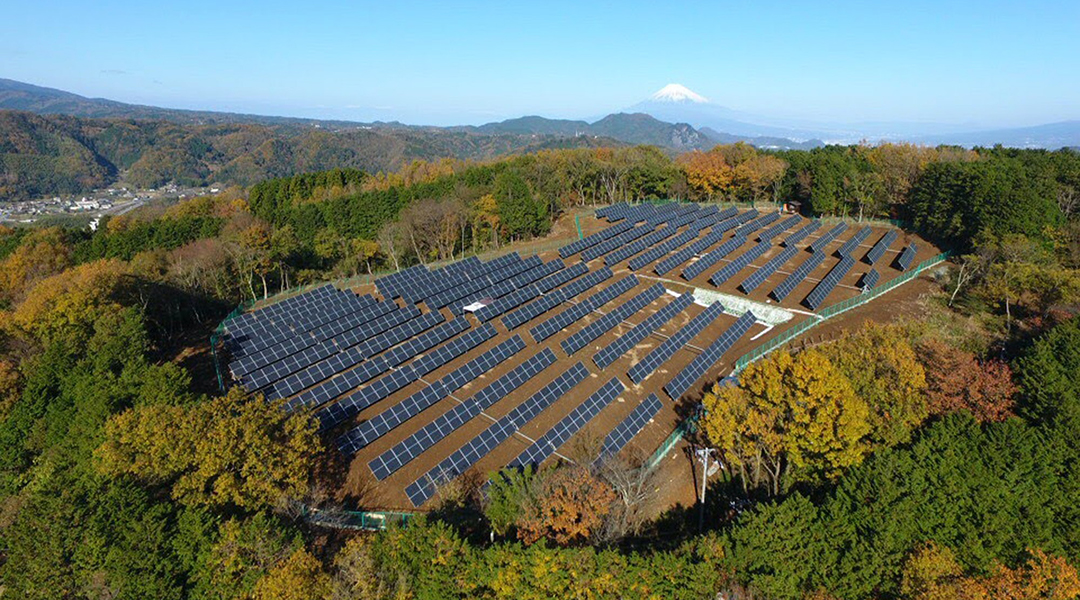Image credit: Mark Merner Unsplash
I am a staunch champion of strengthening the synergy between curiosity-inspired scientific research and policy, especially enabling changes to speed the energy transition to reach 2030, 2050 greenhouse gas reduction targets.
Furthermore, when power is being drawn from the grid for any purported green energy technology, we do not really know on a day-to-day basis, the fraction of renewable electricity being drawn to drive a sustainable energy infrastructure.
As a step in this direction, the United States Environmental and Protection Agency (EPA) does provide very useful charts that compare the percentage of non-renewable and renewable fuel sources used to generate electricity in all grid sub-regions of America. In addition, there exists a degree of transparency in apps such as the Energy of Grid Carbon in the UK and similar web resources across Europe.
Even so, as we are all in an IPCC red code emergency, I think we need even more transparency to judge how diligent our governments, corporations, industries, and power generators are really faring in the green energy transition. We do have the EPA charts and some apps, and we know the “carbon footprint of everything”, as presented in Mike Bernard Lee’s wonderful book, How Bad are Bananas. And we do watch the countdown to 1.5°C and follow the Keeling curve of continuously increasing ppm carbon dioxide creeping into our atmosphere. Yet this kind of information does not help me make real-time judgement decisions on the progress nations are making in the energy transition — which ultimately underpins the success or failure of global warming–induced climate change policy and implementation.
How about creating a globally accessible “renewable energy thermometer or clock”, so we can judge the daily rate of progress towards a sustainable energy society. The idea is, we need to be able to gauge the degree of “renewability” of the energy we are using. Exactly how green is the energy that has been used to make the batteries and charging stations that electrify our cars, build an electric truck, generate sustainable aviation fuels for an ecofriendly airline, produce green cement, steel, and aluminum, create our consumer chemicals and goods, extract our minerals, fertilize our crops, and feed a growing global population.
We need this level of transparency, otherwise, how else are we ever going to know how well we are doing and judge the level of risk in our collective efforts to protect life on Earth under an approaching existential threat that is just around the corner?
Wanting this clarity seems entirely reasonable, as we’ve learned the hard way how to appraise the risk to our personal health with nutritional facts about food we eat, and the chemical content of the water we drink and the air we breathe. Maybe access to science-based information about the amount of fossil in the energy we use is wishful thinking, but it is crucially important that we sort this out so we can make personal, societal, ethical, and political decisions. Wouldn’t you agree?
Written by: Geoffrey Ozin and Jessica Ye
Solar Fuels Group, University of Toronto, Ontario, Canada, Email: [email protected]; Web sites: www.nanowizard.info, www.solarfuels.utoronto.ca, www.artnanoinnovations.com

















